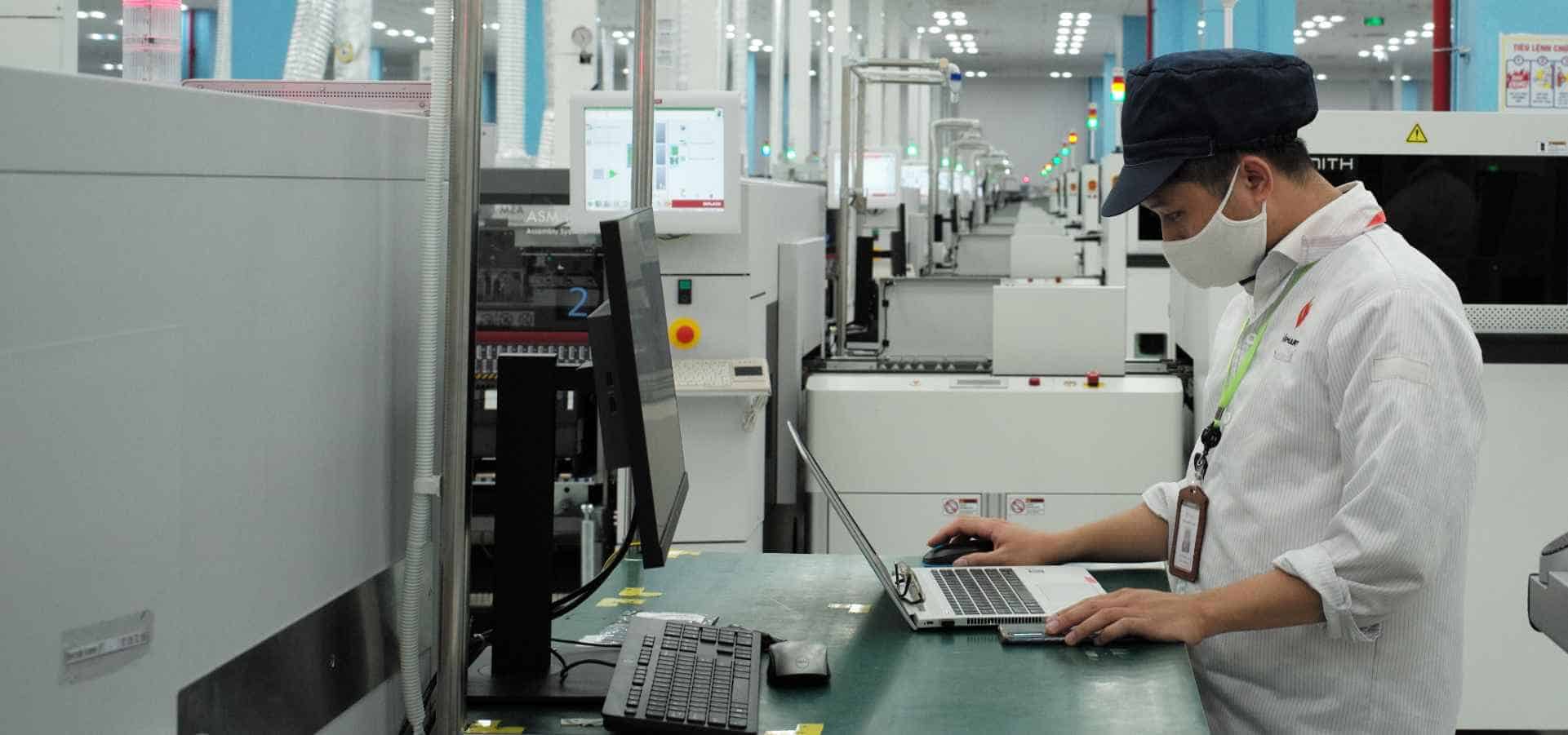The PCB assembly industry is constantly evolving, driven by advancements in technology, changing market demands, and emerging trends. As we move into 2024, several key trends are shaping the future of PCB assembly. Understanding these trends can help manufacturers stay competitive and meet the growing needs of the electronics market.
1. Miniaturization and High-Density Interconnects (HDI)
One of the most significant trends in PCB assembly is the ongoing push towards miniaturization. With the demand for smaller, more powerful electronic devices, manufacturers are increasingly adopting high-density interconnect (HDI) technology. HDI PCBs feature finer lines, smaller vias, and higher component density, enabling the production of compact and lightweight devices without compromising performance.
2. Increased Automation and Industry 4.0
Automation is revolutionizing PCB assembly processes, improving efficiency, accuracy, and scalability. The integration of Industry 4.0 technologies, such as the Internet of Things (IoT), artificial intelligence (AI), and machine learning, is enabling smart manufacturing practices. Automated assembly lines, real-time monitoring, predictive maintenance, and data-driven decision-making are enhancing productivity and reducing downtime.
3. Advanced Materials and Substrates
The use of advanced materials and substrates is another key trend in PCB assembly. Manufacturers are exploring new materials, such as flexible and rigid-flex substrates, to meet the demands of wearable electronics, automotive applications, and other high-performance devices. These materials offer improved durability, flexibility, and thermal management, enabling innovative designs and enhanced functionality.
4. Sustainable and Eco-Friendly Practices
Sustainability is becoming a critical focus in the PCB assembly industry. Manufacturers are adopting eco-friendly practices to reduce their environmental footprint and meet regulatory requirements. This includes using lead-free solder, recyclable materials, and energy-efficient processes. Additionally, there is a growing emphasis on circular economy principles, where products are designed for longevity, repairability, and recyclability.
5. Advanced Testing and Quality Assurance
As electronic devices become more complex, advanced testing and quality assurance methods are essential to ensure reliability and performance. Automated optical inspection (AOI), in-circuit testing (ICT), and X-ray inspection are increasingly being used to detect defects and ensure precise component placement. Functional testing and environmental stress testing are also critical to verify that PCBs perform under real-world conditions.
6. Integration of Flexible and Printed Electronics
The integration of flexible and printed electronics is a trend that is gaining momentum in the PCB assembly industry. Flexible electronics, including flexible PCBs and stretchable circuits, offer unique advantages for wearable devices, medical applications, and IoT devices. Printed electronics, produced using additive manufacturing techniques, enable the creation of lightweight and cost-effective electronic components.
7. Enhanced Supply Chain Management
Supply chain management is becoming more complex in the PCB assembly industry, driven by globalization and increased demand for electronic components. Manufacturers are focusing on enhancing supply chain visibility, resilience, and agility. This includes adopting digital supply chain solutions, improving supplier collaboration, and implementing risk mitigation strategies to address potential disruptions.
8. Customization and Rapid Prototyping
Customization and rapid prototyping are key trends in PCB assembly, driven by the need for shorter product development cycles and tailored solutions. Manufacturers are leveraging advanced design software, 3D printing, and other rapid prototyping technologies to quickly iterate and refine PCB designs. This enables faster time-to-market and the ability to meet specific customer requirements.
9. Integration of Wireless and Connectivity Solutions
The integration of wireless and connectivity solutions is a growing trend in PCB assembly, driven by the proliferation of IoT devices and smart technologies. Manufacturers are incorporating wireless communication modules, such as Wi-Fi, Bluetooth, and cellular connectivity, into PCBs to enable seamless data transmission and connectivity. This trend is essential for applications in smart homes, industrial automation, and healthcare.
10. Emphasis on Security and Data Protection
As electronic devices become more interconnected, ensuring security and data protection is paramount. PCB assembly manufacturers are focusing on integrating security features, such as encryption, secure boot, and hardware-based security modules, into PCBs. This trend is driven by the need to protect sensitive data and prevent unauthorized access in applications ranging from consumer electronics to critical infrastructure.
Conclusion
The PCB assembly industry is undergoing significant transformation, driven by advancements in technology, changing market demands, and emerging trends. By staying informed about these top trends for 2024, manufacturers can adapt to the evolving landscape, leverage new opportunities, and deliver innovative and high-quality electronic products to meet the needs of a dynamic market. Embracing miniaturization, automation, advanced materials, sustainability, and enhanced testing methods will be key to success in the future of PCB assembly.

